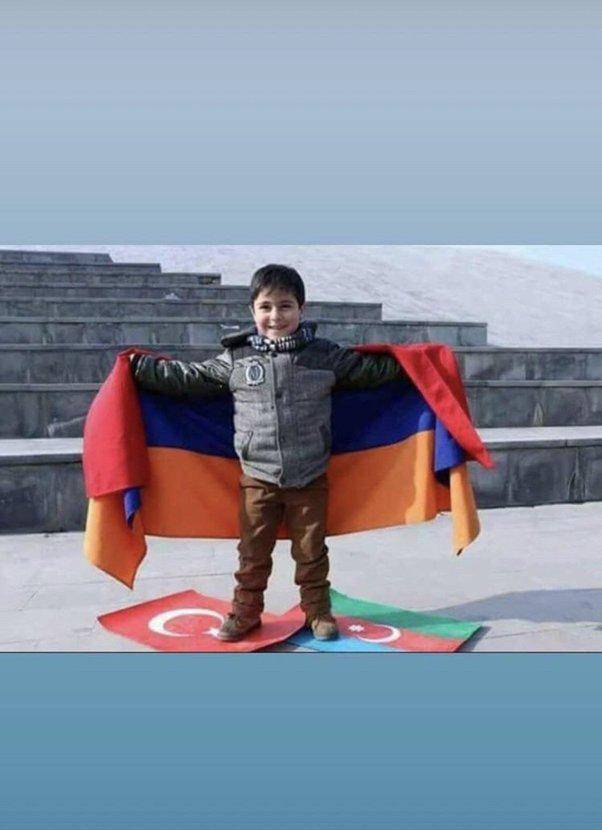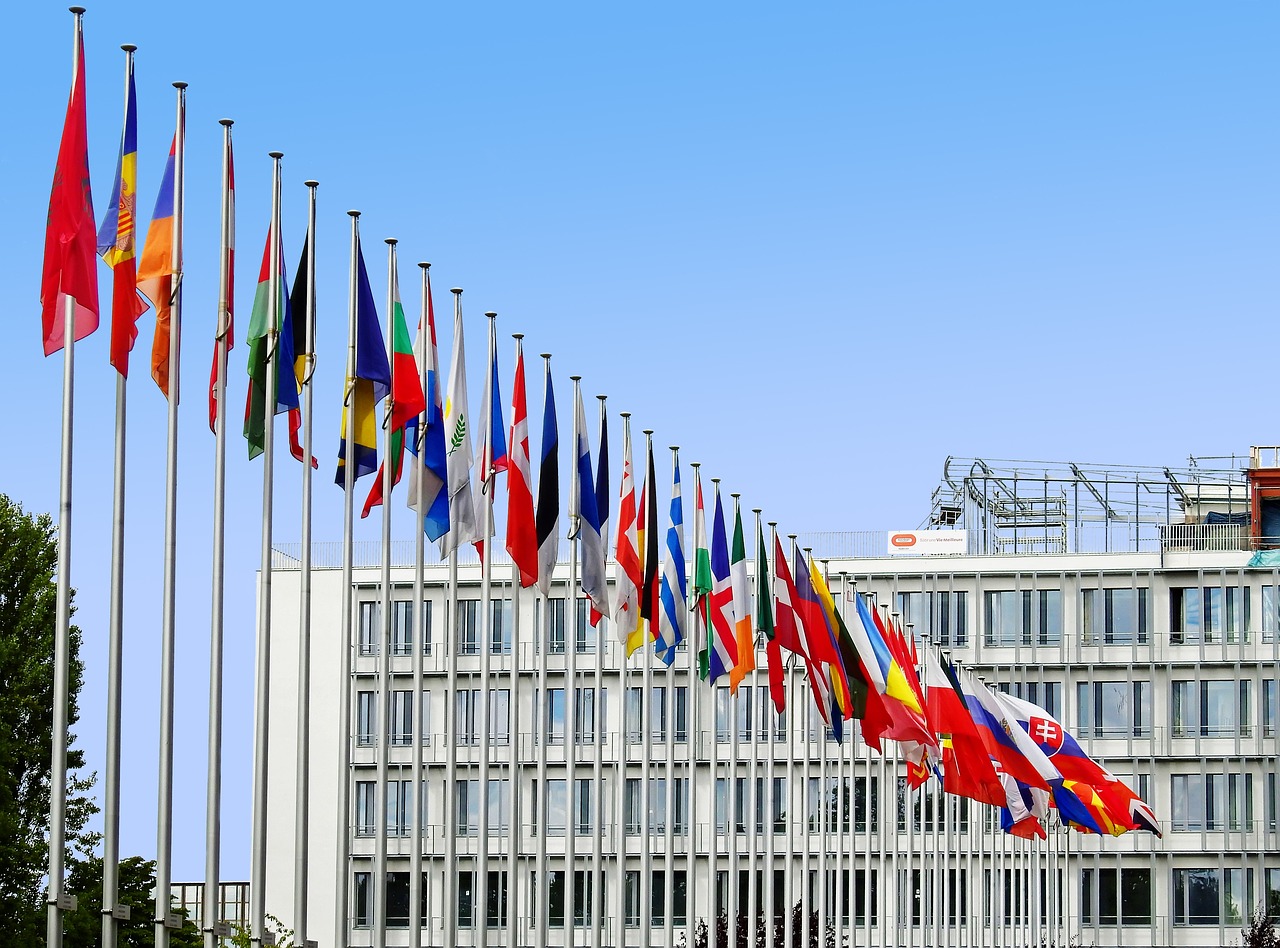6/22/2008 (Balkanalysis.com)
By Ioannis Michaletos and Christopher Deliso
A number of high-impact incidents over the past few months have revealed that the historic feuding of Turkey and Greece is not a thing of the past. Some of these have been well-known, and overtly demonstrated in political events. Others have however received little mention, leaving the public curious to know what is going on behind the scenes.
At the same time, procedural issues concerning the Turkish intelligence service’s jurisdiction and allowed methods have also been the subject of intense scrutiny among the Turkish public and media in recent weeks, raising dark memories of past indiscretions such as mass wiretapping scandals from an aggressive intelligence apparatus.
Most recently, Turkey has demonstrated political gamesmanship by blocking the direct cooperation of NATO with the EU’s justice and security advisory mission in Kosovo, EULEX, which hopes to take a larger role in the self-declared Balkan country since the enactment of a Kosovo constitution on June 15. The EU’s gain has come to the detriment of UNMIK, the UN’s nine-year-old mission in Kosovo, which has been restricted further in its mandate by these ‘facts on the ground.’ The Turkish move comes as opposition to Cyprus, an EU but not NATO member: Turkey had already blocked the Greek Cypriots from sending peacekeepers to Kosovo. According to Deutsche Welle, “The move makes it unclear how the KFOR-EULEX relationship can now function on an official level.”
There are clear interrelations with other regional issues as well. France, notably, has supported Greece on the Macedonia name issue, with President Sarkozy’s avowed Hellenism perhaps bolstered by his country’s sale of billions in arms to Greece. The two countries held a joint military exercise in May. As Balkanalysis.com reported last year, France has also been keenly interested in reported oil deposits off the coast of Cyprus, which the country opened to foreign exploration last year- despite vociferous Turkish protests. At the same time, Israel is threatening war with Iran, something that would not fail to impact on both Turkey and Greece in different ways. It is abundantly clear that the present moment is a very complex and volatile one in the Balkans and East Mediterranean.
Turkey’s modern intelligence service, Millî İstihbarat Teşkilâtı (‘National Intelligence Organization,’ abbreviated MIT) was established by parliament on July 22, 1965, with Law no. 644. It was envisioned as being run by an undersecretary reporting to the prime minister. The body specifically replaced the Milli Emniyet Hizmeti (MAH). Earlier intelligence organizations dated back to the time of Ataturk, and before him, the Ottoman Empire. However, whereas Ataturk’s era led his developing country to emulate the leading European countries’ intelligence services, the Cold War reality of the 1960’s inspired key NATO ally Turkey to follow the American and NATO models especially. MIT headquarters today consists of a gardened compound in the suburbs of Ankara with a total surface area of more than 300 hectares, of course, very well secured.
The murky activities of the organization have fascinated the Turkish public for decades. On the domestic front, Turks in early June became transfixed by a legal battle over the MIT’s wiretapping rights and simultaneous claims from a political party, the Republican People’s Party (CHP), that claimed a wiretapping operation had been carried out against it by the government. This claim appeared following the publication, in late May, of a transcript was published in the newspaper Vakit of a private meeting held between Secretary-General Önder Sav and a guest in his office.
According to Turkish newspaper Zaman, the incident “struck a chord in the recent memory of the nation, which has seen many a wiretapping scandal in years past.” However, it was soon proven to be a false allegation, Vakit reported, as it turned out that Sav had simply forgotten to turn off his phone after speaking with a journalist. The intrepid reporter then simply proceeded to transcribe what he heard over the following 42 minutes of Sav’s meeting. Former Interior Minister Sadettin Tantan, who ironically was involved in earlier similar scandals, lamented that continual rumors of bugging will continue indefinitely, so long as the country continues to lack a proper legal apparatus. Tantan pointed out other cases, including one in Greece, in which the authorities were able to control indiscretions through the kind of proper legislation enforcement he believes is missing in Turkey. According to the article in Zaman, he stated:
“Intelligence services, institutions and even ordinary people have access to the possibilities of high-tech products. It is really difficult to struggle with these people under the article that defines the crimes committed through the overstepping of legal powers. There is no infrastructure in Turkey regarding this matter. The Turkish legal system has no security department. And this gap can be filled by national and foreign forces. We even don’t know what foreign [intelligence] services have been wiretapping. When similar scandals broke out in Germany, Austria, England, France, Switzerland and Denmark, these countries took very serious steps with regard to communications security. It is evident that some officials in Turkey have been engaging in professional misconduct.”
After the exposure of a wiretapping scandal in 1996, parliamentarian Sabri Ergül and 19 other deputies from his CHP party deputies submitted a resolution demanding a parliamentary investigation. According to Zaman, Ergül recently stated that a “famous intelligence official” told the commission that “everybody was being wiretapped.” According to this officer’s secret testimony, “there were bugs in the houses of prime ministers, ministers, opposition leaders and that even opposition leaders had one another wiretapped.”
Ergül continued, noting the officer’s claims that “there was such fierce competition between intelligence services [in 1996]. That’s why they sometimes exposed their weak sides. For instance, a fight between the Police Department, the Gendarmerie Intelligence Organization [JITEM] and MIT came to light in those days. Those wiretapped before started having others wiretapped when they came to power. We even found out that directors of state institutions were wiretapping ministers. All of the bidding processes going on for public properties used to be wiretapped.”
Nevertheless, significant legal challenges have indeed been raised in recent weeks on the issue of wiretapping. On June 5, Hurriyet reported that Turkey’s Supreme Court overturned on appeals a decision of the High Criminal Court that had authorized the Turkish police (gendarmerie) with country-wide monitoring, “saying no institutions can be given an authority that covers monitoring in the entire country.” According to Justice Minister Mehmet Ali Sahin “the decision by the Supreme Court was quite extensive. My personal view is that the decision will cover the National Intelligence Organization and police, too.” The issue arose when the Justice Ministry objected to the criminal court’s authorization of the MIT and the gendarmerie to tap all phone, SMS and email traffic, citing potential abuse of authority and international human rights conventions.
Naturally, given a turbulent common history, the issue of Turkish intelligence methods and practices is also of interest to many Greeks, and the subject is the subject of periodic discussion in the Greek media. However, as is inevitable in such scenarios the testimony of genuine experts is often confounded by uninformed speculation and conjecture. As in Turkey, where the public has reacted at various levels of hysteria regarding the most recent wiretapping charges- which turned out to be false – so it is in Greece that the public is prepared to expect the worst from its historic neighbor.
The role of Turkish intelligence in large-scale human trafficking has also captivated the Greek public in recent months. In the early morning hours of Friday, April 25, a Greek coast guard vessel in the Eastern Aegean captured a Turkish craft which was carrying illegal Asian immigrants, some 3.5 nautical miles off the island of Lesvos. Also in the boat was a 38-year-old Turkish Army officer, Serkan Kaya. According to EmprosNet and other Greek news reports citing Greek intelligence sources, Kaya is a special unit operator who was also involved with the Turkish MIT. These reports claimed that Kaya was involved in the human trafficking partially in order to launch an intelligence gathering activity in the Greek islands. Moreover the Turkish officer was carrying with him Army credentials and a special weapon “used only by secret services,” that identified him with the security apparatus of Turkey.
An interesting aspect of the role of the Turkish secret services in trafficking via the Aegean is illustrated by American demands, first made in 2006, to establish a customs control facility in Turkish port cities, beginning with Izmir. The request, so far stonewalled, is part of a program, the Customs Container Security Initiative, envisioned for over 30 foreign countries. In these countries, the US would like the ability to inspect all maritime traffic bound for American shores, to secure against nuclear components and other possible terrorist weapons.
While several other countries have gone along with the American initiative, Turket has not. In fact, it has been the MIT in particular that has refused the US demands, reports Zaman, “over concerns of the ramifications for Turkey’s sovereignty rights. In a letter sent to the Undersecretariat for Customs and Foreign Trade, MIT enumerated its concerns, saying such a system could turn into an environment for espionage activity… Although the number of containers shipped from Istanbul to the US is three times the number of containers shipped from Izmir, it is not known why the US wanted Izmir to be the first port for such a system.” Whether Greek lobbying or concerns raised by the Greek intelligence services in Washington had anything to do with this choice would be an interesting question for researchers to explore.
One recent claim that got attention in Athens was made by Greek journalist Aris Spinos, a well-known specialist in security matters. He spoke about the subject of Turkish intelligence practices in the first week of May 2008, on the late show of Greek nationwide television network, Extra Channel. Spinos claimed that certain private clinics in Ankara are actually owned by MIT, which uses them to perform plastic surgery on its best spies who are then sent ‘in disguise’ for missions abroad, something in line with the Soviet KGB model.
Greeks have also claimed in recent years that MIT agents persuaded tourists from other countries to spy for Turkey. Usually, cases were reported during tourist season, when tourists come back and forth between places such as Bodrum-Kos (2 miles apart), or between islands like Lesvos, Chios and Samos and their respective Turkish port destinations, to try to capture videos and photos with Greek military bases, in order to sell them to the Turks and receive payments- sometimes, allegedly, in the form of paid vacations. However, this sort of speculation is the least likely to be corroborated and the most prone to exaggeration and misuse.
Greek experts have also disclosed other aspects of the MIT’s believed operating habits. According to several articles in the Greek journal Stratigiki, the MIT has a special psy-ops unit, named TIB that has an extensive network in Europe and especially in Germany, where the largest Turkish diaspora in Europe resides. It is a large sector that employs academics, journalists and Turkish diaspora professionals, functioning broadly along the lines of Israel’s MOSSAD. Similarly, it is widely assumed that domestically the MIT maintains a very large network of civilian informants that span all levels of society and professional life in Turkey- something that goes back to the Cold War and likely even earlier.
Following the collapse of the Soviet bloc and the resulting anxiety for both Turkey and Greece, a ‘hot’ period ensued between 1989-1996, when a ‘secret war’ erupted between Greek and Turkish intelligence services, that involved assassinations, arson, high-level psychological attacks, and heavy espionage activity. The Turks accused Greece on supporting the Kurdish PKK fighters (PKK leader Abdullah Ocalan was later protected in Greece and Greek diplomatic installations until being kidnapped by the Turks in Kenya in 1998). The tensions escalated to the point of potential armed conflict over the contested islet of Imia near Kalymnos in early 1996.
Today, numerous unfolding events indicate that Greek and Turkish machinations are going to be amplified by the actions of larger powers. For example, Israel recently conducted a robust air force exercise over Greek waters, which American and other analysts interpreted as a warning of an impending strike against Iran. Turkey, on the other hand, has had to develop closer ties with Iranian security services, as both countries share the problem of Kurdish separatists. How the fortunes of Greece and Turkey would wax or wane in the event of an Israeli (and, potentially, American) war with Iran is just one of the many fascinating questions to emerge from this. Given the complexity and high stakes of international relations in the Balkans and Middle East today, it appears likely that the traditional war of one-upsmanship between Greece and Turkey will continue into the foreseeable future, and that their intelligence services will, as always, be at the forefront of this battle.
Source: Balkanalysis.com, 6/22/2008



